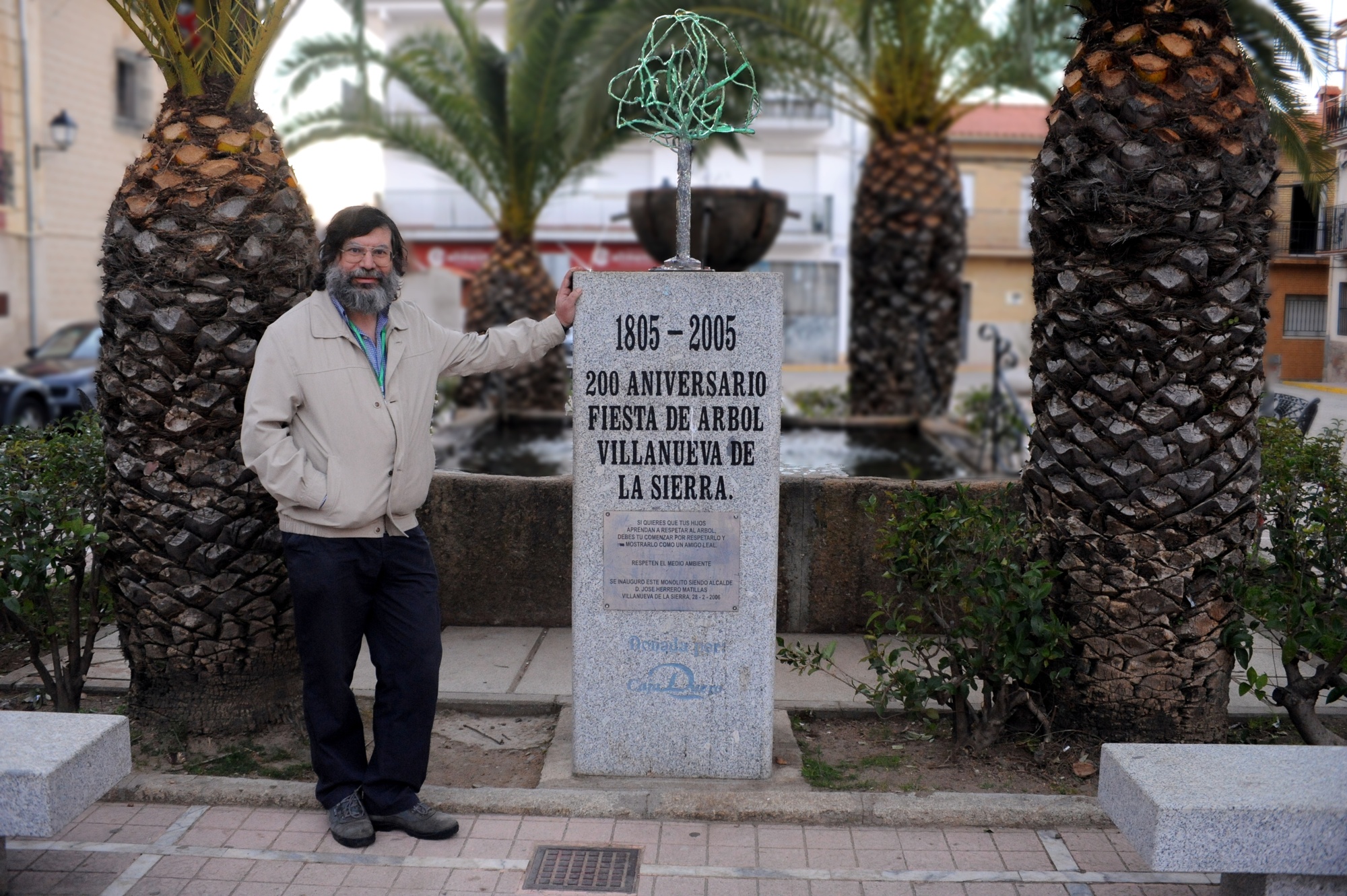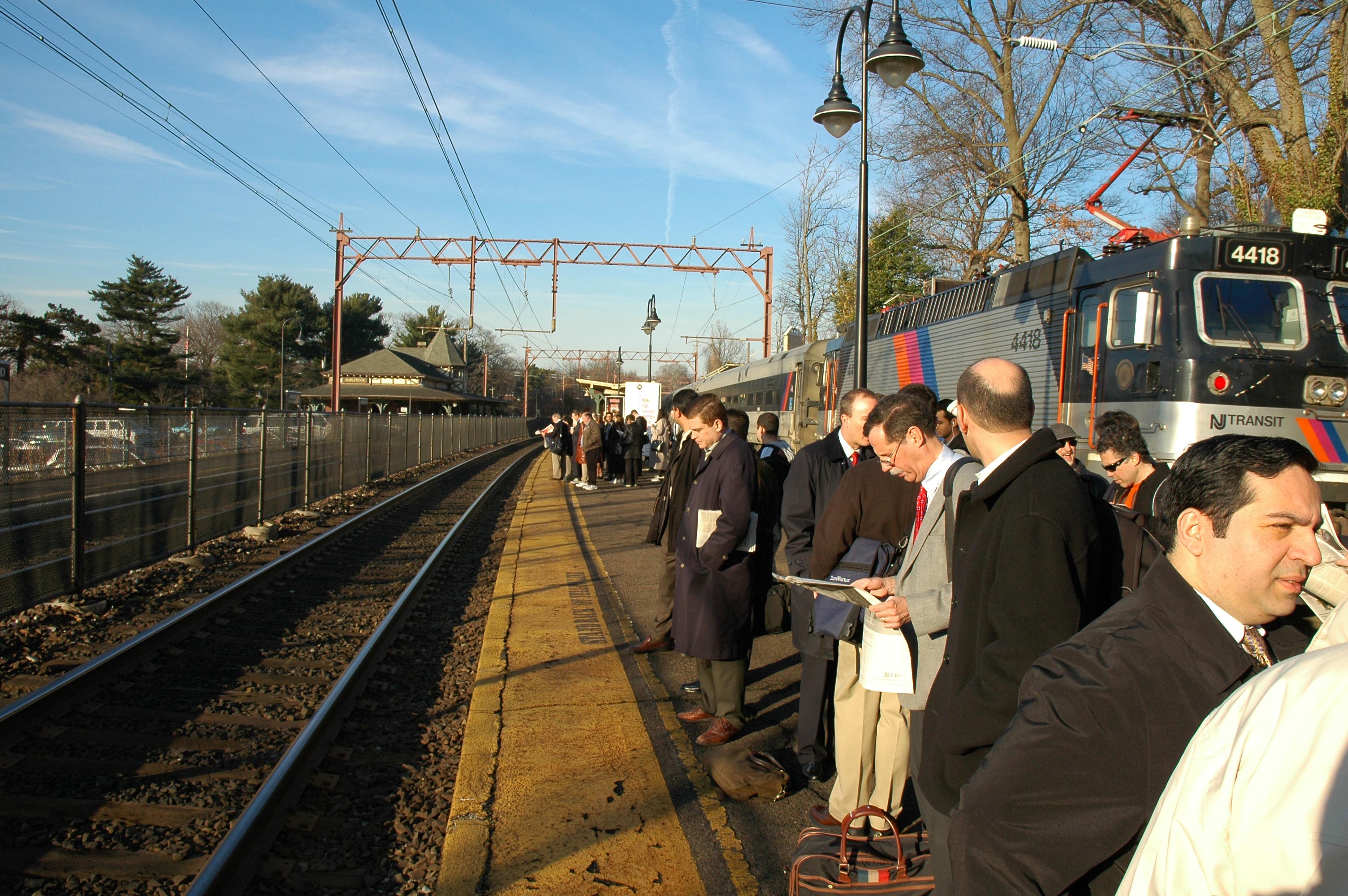|
Largo, Florida
Largo is the third largest city in Pinellas County, Florida, United States, as well as the fourth largest in the Tampa Bay area. As of the 2020 Census, the city had a population of 82,485, up from 77,648 in 2010 United States Census, 2010. Largo was first incorporated in 1905. In 1913, it became the first municipality in Pinellas County to adopt a council-manager government. It switched back and forth between "town" and "city" a few times, and became a city again in 1974. It was an exporter of agricultural products until the 1960s population growth began to transform it into a commuter town, bedroom community. From 1905 to 2010, Largo grew in area from to about , and in population from about 300 people to more than 70,000. Largo began as a rural farming community and became the third largest city in Florida's most densely populated county. Largo is a sister city to Tosayamada, Kōchi, Japan, and has been named a National Arbor Day Tree City for 35 years in a row . History Beg ... [...More Info...] [...Related Items...] OR: [Wikipedia] [Google] [Baidu] [Amazon] |
City (Florida)
Local governments in Florida are established by the state government, and are given varying amounts of non-exclusive authority over their jurisdictions. The laws governing the creation of local governments are contained in the Florida Constitution and the Florida Statutes. Local governments are incorporated by special acts of the Florida Legislature. These include four types: counties, municipalities, school districts, and special districts.Dye, T.R., Jewett, A. & MacManus, S.A. (2007) ''Politics in Florida''. Tallahassee: John Scott Dailey Florida Institute of Government. In some cases, municipal and county governments have merged into a consolidated government. However, smaller municipal governments can be created inside of a consolidated municipality/county. In Jacksonville, Florida, Jacksonville, the municipal government has taken over the responsibilities normally given to Duval County, Florida, Duval County, and smaller municipalities exist within it. Both counties and citi ... [...More Info...] [...Related Items...] OR: [Wikipedia] [Google] [Baidu] [Amazon] |
Federal Information Processing Standard
The Federal Information Processing Standards (FIPS) of the United States are a set of publicly announced standards that the National Institute of Standards and Technology (NIST) has developed for use in computer systems of non-military United States government agencies and contractors. FIPS standards establish requirements for ensuring computer security and interoperability, and are intended for cases in which suitable industry standards do not already exist. Many FIPS specifications are modified versions of standards the technical communities use, such as the American National Standards Institute (ANSI), the Institute of Electrical and Electronics Engineers (IEEE), and the International Organization for Standardization (ISO). Specific areas of FIPS standardization The U.S. government has developed various FIPS specifications to standardize a number of topics including: * Codes, e.g., FIPS county codes or codes to indicate weather conditions or emergency indications. In 1994, ... [...More Info...] [...Related Items...] OR: [Wikipedia] [Google] [Baidu] [Amazon] |
Largo Central Park Nature Preserve01
Largo may refer to: Music * ''Largo'' (Italian for 'wide', 'broad'), a very slow tempo, or a musical piece or movement in such a tempo * "Largo" from ''Xerxes'' arranged from " Ombra mai fu", the opening aria from Handel's opera ''Serse'' * Hugo Largo, an American band from the 1980s * ''Largo'' (Brad Mehldau album), 2002 * ''Largo'' (Americana album), a 1998 Americana music project produced by Rick Chertoff and Rob Hyman * ''Zeit'' (Tangerine Dream album), subtitled ''Largo in Four Movements'', a 1972 album by Tangerine Dream * "Largo", a song from Fiona Apple's album '' The Idler Wheel...'' Places Bulgaria * Largo, Sofia, an architectural ensemble of three Socialist Classicism edifices Italy * Largo di Torre Argentina, a square in Rome Scotland * Largo, Fife, an ecclesiastical and civil parish of Fife, Scotland ** Adjacent villages in the parish of Largo, Scotland *** Lower Largo *** Upper Largo ** Largo Bay, on the coast of Fife ** Largo Law, an extinct volcano in Fi ... [...More Info...] [...Related Items...] OR: [Wikipedia] [Google] [Baidu] [Amazon] |
Spanish Empire
The Spanish Empire, sometimes referred to as the Hispanic Monarchy (political entity), Hispanic Monarchy or the Catholic Monarchy, was a colonial empire that existed between 1492 and 1976. In conjunction with the Portuguese Empire, it ushered in the European Age of Discovery. It achieved a global scale, controlling vast portions of the Americas, Africa, various islands in Asia and Oceania, as well as territory in other parts of Europe. It was one of the most powerful empires of the early modern period, becoming known as "the empire on which the sun never sets". At its greatest extent in the late 1700s and early 1800s, the Spanish Empire covered , making it one of the List of largest empires, largest empires in history. Beginning with the 1492 arrival of Christopher Columbus and continuing for over three centuries, the Spanish Empire would expand across the Caribbean Islands, half of South America, most of Central America and much of North America. In the beginning, Portugal was ... [...More Info...] [...Related Items...] OR: [Wikipedia] [Google] [Baidu] [Amazon] |
Safety Harbor, Florida
Safety Harbor is a city on the west shore of Tampa Bay in Pinellas County, Florida, United States. It was settled in 1823 and incorporated in 1917. The population was 17,072 at the 2020 census. History The area has been inhabited since the Stone Age. In June 2008, a 6,000-year-old spearhead was found at Marshall Street Park. The inhabitants of the area at the time of Spanish exploration were the Tocobaga people, who lived in villages around Tampa Bay. The adaptation of this culture relied on wild resources. Safety Harbor sites have yielded pottery, and artifacts of copper, shell, and stone. The Tocobaga were known for constructing various ceremonial and communal mounds to bury the dead. Most of these mounds were destroyed in the early 1900s due to development. However, one of these ceremonial mounds is still visible in Safety Harbor's Phillippe Park (''see photo''). Shells found in these mounds were used to pave city streets. In 1528 Spanish explorer Pánfilo de Narváez landed ... [...More Info...] [...Related Items...] OR: [Wikipedia] [Google] [Baidu] [Amazon] |
Tocobaga
Tocobaga (occasionally Tocopaca) was the name of a chiefdom of Native Americans, its chief, and its principal town during the 16th century. The chiefdom was centered around the northern end of Old Tampa Bay, the arm of Tampa Bay that extends between the present-day city of Tampa and northern Pinellas County. The exact location of the principal town is believed to be the archeological Safety Harbor site. This is the namesake for the Safety Harbor culture, of which the Tocobaga are the most well-known group. The name "Tocobaga" is often applied to all of the native peoples of the immediate Tampa Bay area during the first Spanish colonial period (1513–1763). While they were culturally very similar, most of the villages on the eastern and southern shores of Tampa Bay were likely affiliated with other chiefdoms, such as the Pohoy, Uzita, and Mocoso. Study of archaeological artifacts has provided insight into the everyday life of the Safety Harbor culture. Little is known about ... [...More Info...] [...Related Items...] OR: [Wikipedia] [Google] [Baidu] [Amazon] |
Arbor Day
Arbor Day (or Arbour Day in some countries) is a Secularity, secular day of observance in which individuals and groups are encouraged to plant trees. Today, many countries observe such a holiday. Though usually observed in the spring, the date varies, depending on climate and suitable planting season. Origins and history First Arbor Day The Spanish village of Mondoñedo held the first documented arbor plantation festival in the world organized by its mayor in 1594. The place remains as Alameda de los Remedios and it is still planted with lime (fruit), lime and Aesculus hippocastanum, horse-chestnut trees. A humble granite marker and a bronze plate recall the event. Additionally, the small Spanish village of Villanueva de la Sierra held the first modern Arbor Day, an initiative launched in 1805 by the local priest with the enthusiastic support of the entire population. First American Arbor Day The first American Arbor Day was originated by Julius Sterling Morton, J. Sterlin ... [...More Info...] [...Related Items...] OR: [Wikipedia] [Google] [Baidu] [Amazon] |
Tosayamada, Kōchi
was a List of towns in Japan, town located in Kami District, Kōchi, Kami District, Kōchi Prefecture, Japan. As of 2003, the town had an estimated population of 22,160 and a population density, density of 190.28 persons per km2. The total area was 116.46 km2. On March 1, 2006, Tosayamada, along with the town of Kahoku, Kōchi, Kahoku, and the village of Monobe, Kōchi, Monobe (all from Kami District, Kōchi, Kami District), was merged to create the city of Kami, Kōchi, Kami and no longer exists as an independent Municipalities of Japan, municipality. However it is still considered a town by residents and is still used in official addresses with the post office. Tosayamada has a sister city relationship with Largo, Florida. Yamada Senior High School and Largo High School (Florida) have an ongoing yearly exchange program. Tosa-Yamada Station is the town's train station. Schools * Kochi University of Technology * Yamada Senior High School * Kagamino Junior High School Peopl ... [...More Info...] [...Related Items...] OR: [Wikipedia] [Google] [Baidu] [Amazon] |
Sister City
A sister city or a twin town relationship is a form of legal or social agreement between two geographically and politically distinct localities for the purpose of promoting cultural and commercial ties. While there are early examples of international links between municipalities akin to what are known as sister cities or twin towns today dating back to the 9th century, the modern concept was first established and adopted worldwide during World War II. Origins of the modern concept Throughout history, many cities have participated in various cultural exchanges and similar activities that might resemble a sister-city or twin-city relationship, but the first officially documented case of such a relationship was a signed agreement between the leaders of the cities of Toledo, Ohio and Toledo, Spain in 1931. However, the modern concept of town twinning appeared during the Second World War. More specifically, it was inspired by the bombing of Coventry on 14 November 1940, known as t ... [...More Info...] [...Related Items...] OR: [Wikipedia] [Google] [Baidu] [Amazon] |
Commuter Town
A commuter town is a populated area that is primarily residential rather than commercial or industrial. Routine travel from home to work and back is called commuting, which is where the term comes from. A commuter town may be called by many other terms: "bedroom community" (Canada and northeastern US), "bedroom town", "bedroom suburb" (US), "dormitory town" (UK). The term " exurb" was used from the 1950s, but since 2006, is generally used for areas beyond suburbs and specifically less densely built than the suburbs to which the exurbs' residents commute. Causes Often commuter towns form when workers in a region cannot afford to live where they work and must seek residency in another town with a lower cost of living. The late 20th century, the dot-com bubble and United States housing bubble drove housing costs in Californian metropolitan areas to historic highs, spawning exurban growth in adjacent counties. Workers with jobs in San Francisco found themselves moving further ... [...More Info...] [...Related Items...] OR: [Wikipedia] [Google] [Baidu] [Amazon] |




